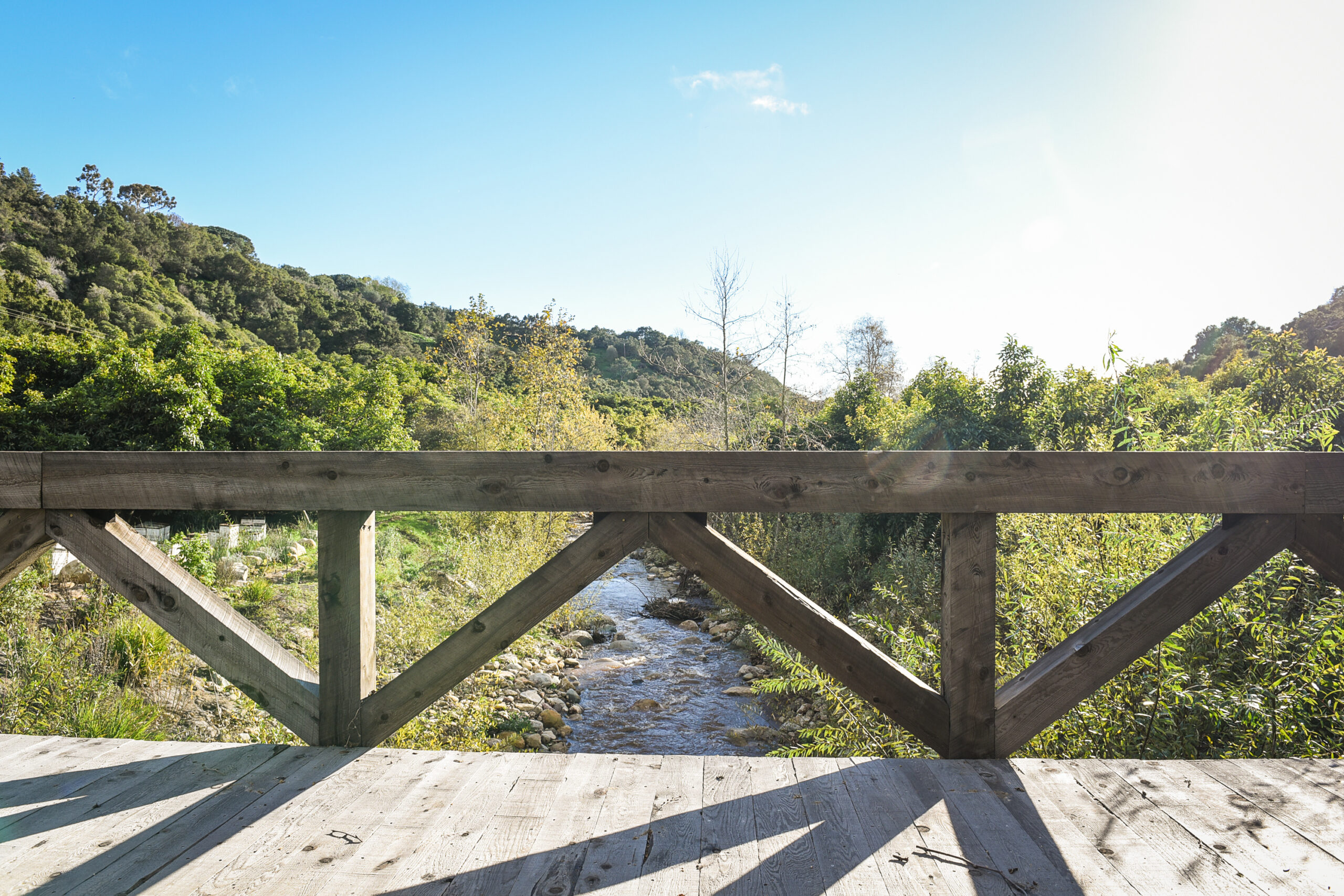
Co-authors:
Ashley Boren, Chief Executive Officer, Sustainable Conservation
Wade Crowfoot, Secretary, California Natural Resources Agency
Joaquin Esquivel, Chair, State Water Resources Control Board

Our changing climate requires bold action to protect and restore the habitats and watersheds that support California’s wildlife and people.
Over 90% of our state’s wetlands have been lost to past development, nearly 350 California species are listed as threatened or endangered, and drought and flood cycles continue to stress our communities. These are just a few of the reasons why we must accelerate the pace of restoration to protect our biodiversity and steward landscapes that serve as our greatest climate buffer.
The permitting process for a project to restore, for example, a river or wetland can consume up to 30% of a project’s budget and take years to complete. While the purpose of permitting is to protect the environment, it can have a chilling effect on restoration initiatives.
Until now.
Governor Newsom recorded a special message for our friends and colleagues congratulating us on our collective work to speed restoration efforts in California.
Recently, we gathered a group of NGOs and government agencies to celebrate a breakthrough in accelerating such projects, thanks to a collaborative effort that united agency leadership to modernize the way we permit and support restoration.
After five years of hard work, in 2022, the California State Water Resources Control Board unanimously approved a statewide restoration general order, a programmatic (pre-written) permit that expedites high-priority aquatic restoration project types, and includes an accompanying environmental impact report to comply with the California Environmental Quality Act, or CEQA.
Soon after, the U.S. Fish and Wildlife Service issued its statewide programmatic authorization for the same set of restoration project types covering 72 endangered and threatened species, including the California red-legged frog, western snowy plover, and San Francisco garter snake.
The effort was an example of deep collaboration. The California-based NGO Sustainable Conservation worked with restoration practitioners, the California State Water Resources Control Board, the U.S. Fish and Wildlife Service, the U.S. Army Corps of Engineers, the California Department of Fish and Wildlife, and the National Oceanic Atmospheric Administration (NOAA) Restoration Center, using NOAA’s programmatic permits as a model.
These programmatic permits cover projects that natural resource agencies and scientists have identified as critical to help restore ecosystems for fish and other species. By providing design criteria and protection measures to minimize short-term construction impacts up front, programmatic permits expedite project approval while honoring all environmental laws.
As a result, restoration practitioners like California Trout, The Nature Conservancy, Resource Conservation Districts, California Native American tribes, State Parks, and others will be able to move projects through a regulatory process designed specifically for habitat restoration more easily and get them in the ground more quickly. In fact, California Trout staff estimate that the permitting efficiencies now available will cut approval time in half for their upcoming Big Chico Creek project to restore access for steelhead and spring-run Chinook salmon to the entirety of their historical distribution.
The environmental and economic benefits are extraordinary. By aligning and making permits for restoration more efficient, we help public and private landowners more effectively carry out activities like clearing barriers so fish can travel upstream to their spawning grounds, restoring floodplains to lessen flood risks for communities in the wake of major storms, and removing invasive plants that outcompete native species.
A 2015 study published in PLOS ONE showed that ecological restoration in the U.S. generates $9.5 billion annually, and directly employs about 126,000 people. By getting projects ‘shovel-ready’ more quickly through improved permitting, funding, and agency coordination, California will be better positioned to move into a green economy envisioned by our state’s leadership.
To get started, visit Sustainable Conservation’s Essential Guide to Accelerating Restoration in California.
This regulatory breakthrough will help California reach our world-leading “30 by 30” goal to conserve 30% of our state’s land and coastal waters by 2030 – building climate resilience while also providing recreation opportunities and open space access.
With good news in short supply, it’s even more important to celebrate positive progress when we can. Inspired by the success of our collective action, we continue on the path to do more – together – to protect California’s iconic species, prepare for our changing climate, and grow our green economy.
***
(header photo of bridge over Carpinteria Creek by Chuck Gardner for Sustainable Conservation)
